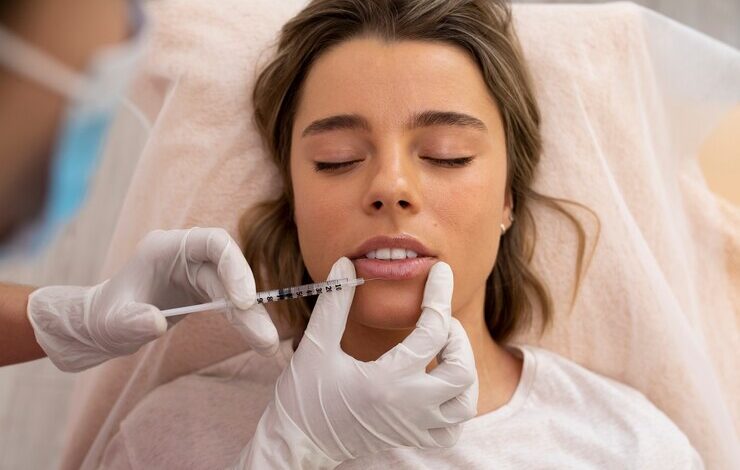Understanding the Link Between Botox and Teeth Grinding

Teeth grinding, clinically known as bruxism, is a prevalent condition that affects millions of people globally. It often occurs involuntarily during sleep or due to stress, anxiety, or misaligned teeth. The habitual grinding and clenching of teeth can lead to various dental issues, including enamel erosion, tooth sensitivity, jaw pain, and headaches.
What is Bruxism?
Bruxism is characterized by the grinding, clenching, or gnashing of teeth, typically during sleep. While occasional teeth grinding may not cause significant harm, chronic bruxism can lead to dental complications and discomfort. It is essential to address bruxism promptly to prevent long-term damage to oral health.
The Botox Solution
Botox, short for Botulinum toxin, has gained widespread recognition for its cosmetic applications in reducing facial wrinkles and fine lines. However, its therapeutic potential extends beyond aesthetics. Botox injections have emerged as a promising treatment for grinding teeth, also known as bruxism, offering relief from the symptoms associated with teeth grinding.
How Botox Eases Teeth Grinding
Botox works by blocking the release of acetylcholine, a neurotransmitter responsible for muscle contractions. When injected into specific jaw muscles involved in bruxism, such as the masseter and temporalis muscles, Botox inhibits their activity, resulting in muscle relaxation. As a result, the intensity of teeth grinding is reduced, alleviating associated discomfort and preventing further damage to teeth and jaw joints.
Benefits Beyond Wrinkles
While Botox is renowned for its cosmetic benefits in reducing facial wrinkles, its therapeutic applications extend far beyond aesthetics. For individuals suffering from bruxism, Botox offers a non-invasive treatment option that addresses the root cause of teeth grinding. Unlike traditional interventions such as mouthguards, which only provide temporary relief by protecting teeth from grinding, Botox targets the underlying muscle activity responsible for bruxism, offering long-lasting results.
Effective and Non-Invasive
Botox injections for bruxism are administered directly into the affected jaw muscles by a qualified healthcare professional. The procedure is relatively quick and minimally invasive, typically taking less than thirty minutes to complete. Patients may experience mild discomfort or a slight pinching sensation during the injections, but the procedure is generally well-tolerated.
Longevity and Convenience
One of the key advantages of Botox treatment for bruxism is its longevity. While individual results may vary, most patients experience relief from teeth grinding for three to six months following a single treatment session. As Botox gradually wears off, muscle activity returns to normal, but subsequent injections can maintain the therapeutic effects over time. This makes Botox a convenient option for individuals seeking sustained relief from bruxism without the hassle of daily interventions.
Consultation and Treatment Process
Before undergoing Botox treatment for bruxism, it is essential to consult with a qualified healthcare professional specializing in facial aesthetics or oral medicine. During the initial consultation, the practitioner will assess the severity of bruxism, discuss treatment goals and expectations, and determine the appropriate dosage and injection sites. The treatment process involves precise injections into specific jaw muscles using a fine needle, ensuring targeted and effective results.
Safety and Side Effects
Botox injections for bruxism are generally safe when administered by a trained and experienced practitioner. However, like any medical procedure, there are potential risks and side effects to consider. Common side effects may include temporary bruising, swelling, or redness at the injection site, which typically resolve within a few days. In rare cases, patients may experience mild jaw weakness or difficulty chewing, but these effects are transient and typically subside within a few weeks.
Conclusion: Embracing Botox for Bruxism Relief
In conclusion, Botox offers a promising solution for individuals seeking relief from teeth grinding and its associated symptoms. By targeting the underlying muscle activity responsible for bruxism, Botox provides effective and long-lasting relief, improving overall oral health and quality of life. If you’re struggling with bruxism, consider consulting with a qualified healthcare professional to explore the potential benefits of Botox treatment and take proactive steps towards reclaiming control over your oral health and well-being.



